Delta Airlines 2003 Annual Report Download - page 57
Download and view the complete annual report
Please find page 57 of the 2003 Delta Airlines annual report below. You can navigate through the pages in the report by either clicking on the pages listed below, or by using the keyword search tool below to find specific information within the annual report.-
 1
1 -
 2
2 -
 3
3 -
 4
4 -
 5
5 -
 6
6 -
 7
7 -
 8
8 -
 9
9 -
 10
10 -
 11
11 -
 12
12 -
 13
13 -
 14
14 -
 15
15 -
 16
16 -
 17
17 -
 18
18 -
 19
19 -
 20
20 -
 21
21 -
 22
22 -
 23
23 -
 24
24 -
 25
25 -
 26
26 -
 27
27 -
 28
28 -
 29
29 -
 30
30 -
 31
31 -
 32
32 -
 33
33 -
 34
34 -
 35
35 -
 36
36 -
 37
37 -
 38
38 -
 39
39 -
 40
40 -
 41
41 -
 42
42 -
 43
43 -
 44
44 -
 45
45 -
 46
46 -
 47
47 -
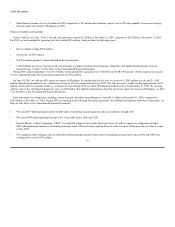 48
48 -
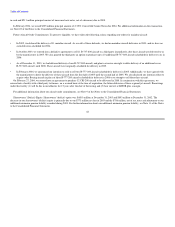 49
49 -
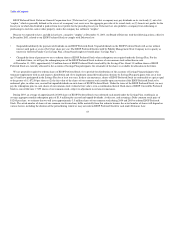 50
50 -
 51
51 -
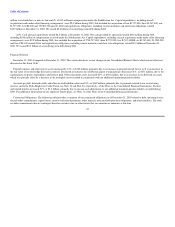 52
52 -
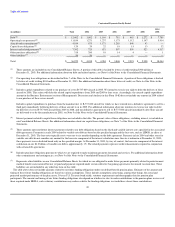 53
53 -
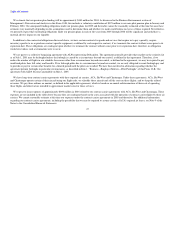 54
54 -
 55
55 -
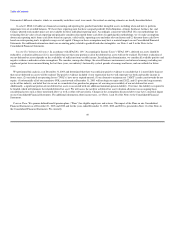 56
56 -
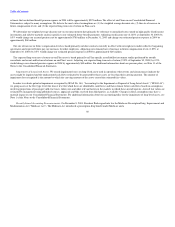 57
57 -
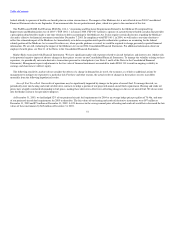 58
58 -
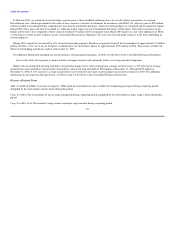 59
59 -
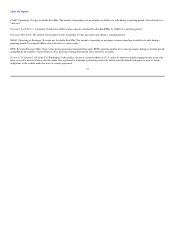 60
60 -
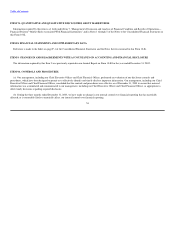 61
61 -
 62
62 -
 63
63 -
 64
64 -
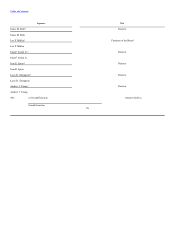 65
65 -
 66
66 -
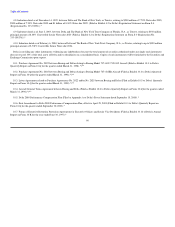 67
67 -
 68
68 -
 69
69 -
 70
70 -
 71
71 -
 72
72 -
 73
73 -
 74
74 -
 75
75 -
 76
76 -
 77
77 -
 78
78 -
 79
79 -
 80
80 -
 81
81 -
 82
82 -
 83
83 -
 84
84 -
 85
85 -
 86
86 -
 87
87 -
 88
88 -
 89
89 -
 90
90 -
 91
91 -
 92
92 -
 93
93 -
 94
94 -
 95
95 -
 96
96 -
 97
97 -
 98
98 -
 99
99 -
 100
100 -
 101
101 -
 102
102 -
 103
103 -
 104
104 -
 105
105 -
 106
106 -
 107
107 -
 108
108 -
 109
109 -
 110
110 -
 111
111 -
 112
112 -
 113
113 -
 114
114 -
 115
115 -
 116
116 -
 117
117 -
 118
118 -
 119
119 -
 120
120 -
 121
121 -
 122
122 -
 123
123 -
 124
124 -
 125
125 -
 126
126 -
 127
127 -
 128
128 -
 129
129 -
 130
130 -
 131
131 -
 132
132 -
 133
133 -
 134
134 -
 135
135 -
 136
136 -
 137
137 -
 138
138 -
 139
139 -
 140
140 -
 141
141 -
 142
142 -
 143
143 -
 144
144 -
 145
145 -
 146
146 -
 147
147 -
 148
148 -
 149
149 -
 150
150 -
 151
151 -
 152
152 -
 153
153 -
 154
154 -
 155
155 -
 156
156 -
 157
157 -
 158
158 -
 159
159 -
 160
160 -
 161
161 -
 162
162 -
 163
163 -
 164
164 -
 165
165 -
 166
166 -
 167
167 -
 168
168 -
 169
169 -
 170
170 -
 171
171 -
 172
172 -
 173
173 -
 174
174 -
 175
175 -
 176
176 -
 177
177 -
 178
178 -
 179
179 -
 180
180 -
 181
181 -
 182
182 -
 183
183 -
 184
184 -
 185
185 -
 186
186 -
 187
187 -
 188
188 -
 189
189 -
 190
190 -
 191
191 -
 192
192 -
 193
193 -
 194
194 -
 195
195 -
 196
196 -
 197
197 -
 198
198 -
 199
199 -
 200
200 -
 201
201 -
 202
202 -
 203
203 -
 204
204 -
 205
205 -
 206
206 -
 207
207 -
 208
208 -
 209
209 -
 210
210 -
 211
211 -
 212
212 -
 213
213 -
 214
214 -
 215
215 -
 216
216 -
 217
217 -
 218
218 -
 219
219 -
 220
220 -
 221
221 -
 222
222 -
 223
223 -
 224
224 -
 225
225 -
 226
226 -
 227
227 -
 228
228 -
 229
229 -
 230
230 -
 231
231 -
 232
232 -
 233
233 -
 234
234 -
 235
235 -
 236
236 -
 237
237 -
 238
238 -
 239
239 -
 240
240 -
 241
241 -
 242
242 -
 243
243 -
 244
244 -
 245
245 -
 246
246 -
 247
247 -
 248
248 -
 249
249 -
 250
250 -
 251
251 -
 252
252 -
 253
253 -
 254
254 -
 255
255 -
 256
256 -
 257
257 -
 258
258 -
 259
259 -
 260
260 -
 261
261 -
 262
262 -
 263
263 -
 264
264 -
 265
265 -
 266
266 -
 267
267 -
 268
268 -
 269
269 -
 270
270 -
 271
271 -
 272
272 -
 273
273 -
 274
274 -
 275
275 -
 276
276 -
 277
277 -
 278
278 -
 279
279 -
 280
280 -
 281
281 -
 282
282 -
 283
283 -
 284
284 -
 285
285 -
 286
286 -
 287
287 -
 288
288 -
 289
289 -
 290
290 -
 291
291 -
 292
292 -
 293
293 -
 294
294 -
 295
295 -
 296
296 -
 297
297 -
 298
298 -
 299
299 -
 300
300 -
 301
301 -
 302
302 -
 303
303 -
 304
304
 |
 |

Table of Contents
estimate that our defined benefit pension expense in 2004 will be approximately $525 million. The effect of our Plans on our Consolidated Financial
Statements is subject to many assumptions. We believe the most critical assumptions are (1) the weighted average discount rate; (2) the rate of increase in
future compensation levels; and (3) the expected long-term rate of return on Plan assets.
We determine our weighted average discount rate on our measurement date primarily by reference to annualized rates earned on high quality fixed income
investments and yield-to-maturity analysis specific to our estimated future benefit payments. Adjusting our discount rate (6.125% at September 30, 2003) by
0.5% would change our accrued pension cost by approximately $780 million at December 31, 2003 and change our estimated pension expense in 2004 by
approximately $60 million.
Our rate of increase in future compensation levels is based primarily on labor contracts currently in effect with our employees under collective bargaining
agreements and expected future pay rate increases for other employees. Adjusting our estimated rate of increase in future compensation levels (1.89% at
September 30, 2003) by 0.5% would change our estimated pension expense in 2004 by approximately $20 million.
The expected long-term rate of return on our Plan assets is based primarily on Plan-specific asset/liability investment studies performed by outside
consultants and recent and historical returns on our Plans' assets. Adjusting our expected long-term rate of return (9.00% at September 30, 2003) by 0.5%
would change our estimated pension expense in 2004 by approximately $40 million. For additional information about our pension plans, see Note 11 of the
Notes to the Consolidated Financial Statements.
Impairment of Long-Lived Assets. We record impairment losses on long-lived assets used in operations when events and circumstances indicate the
assets might be impaired and the undiscounted cash flows estimated to be generated by those assets are less than their carrying amounts. The amount of
impairment loss recognized is the amount by which the carrying amounts of the assets exceed the estimated fair values.
In order to evaluate potential impairment as required by SFAS No. 144, "Accounting for the Impairment or Disposal of Long-Lived Assets" ("SFAS 144"),
we group assets at the fleet type level (the lowest level for which there are identifiable cash flows) and then estimate future cash flows based on assumptions
involving projections of passenger yield, fuel costs, labor costs and other relevant factors in the markets in which these aircraft operate. Aircraft fair values are
estimated by management using published sources, appraisals and bids received from third parties, as available. Changes in these assumptions may have a
material impact on our Consolidated Financial Statements. For additional information about our accounting policy for the impairment of long-lived assets, see
Note 1 of the Notes to the Consolidated Financial Statements.
Recently Issued Accounting Pronouncements. On December 8, 2003, President Bush signed into law the Medicare Prescription Drug, Improvement and
Modernization Act ("Medicare Act"). The Medicare Act introduced a prescription drug benefit under Medicare and a
50
